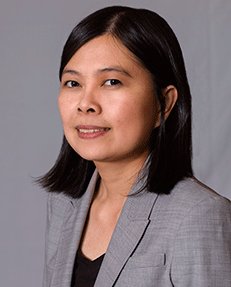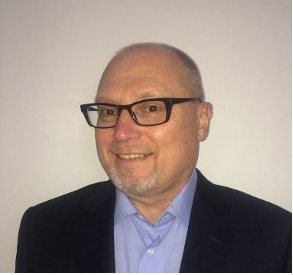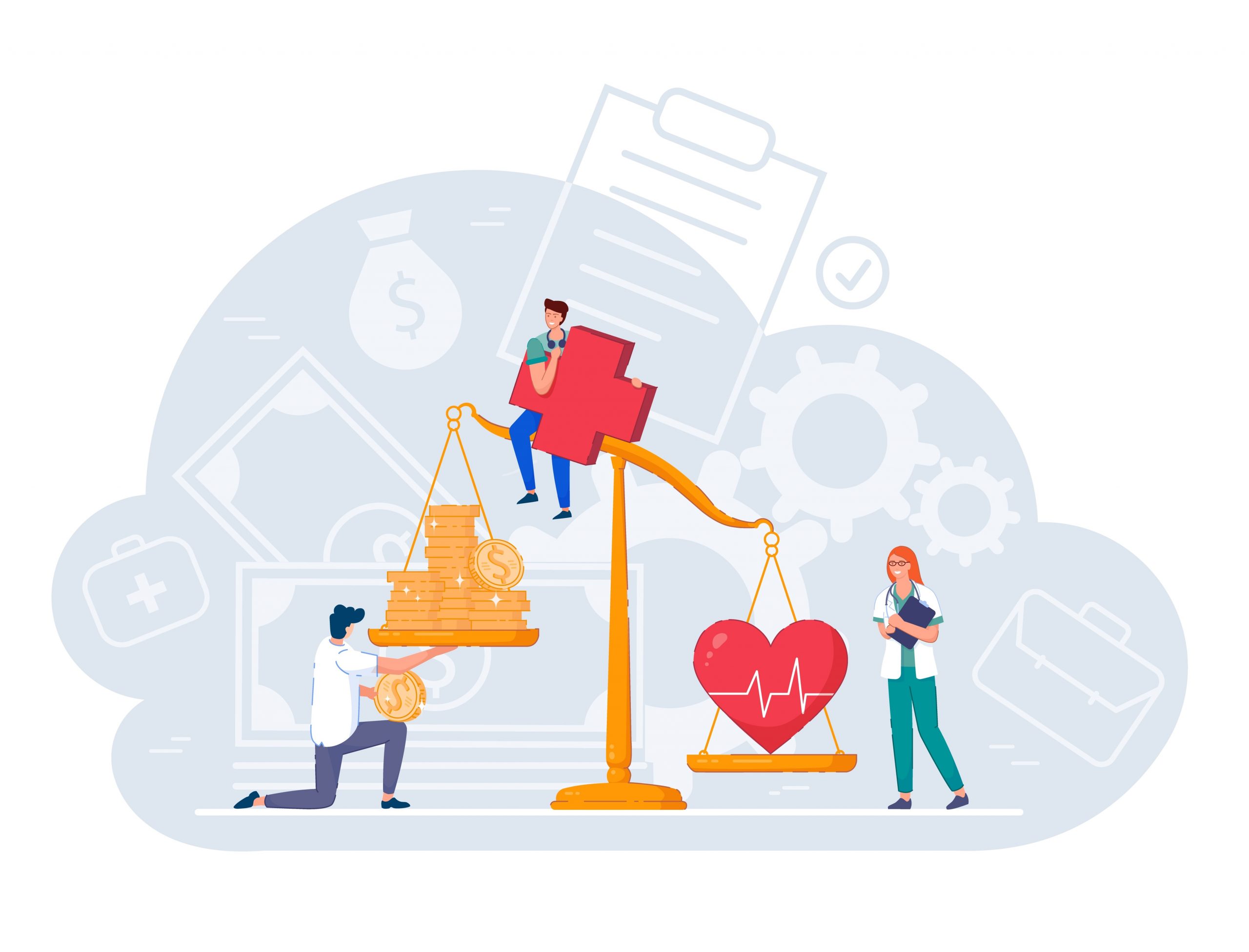Researchers are bringing patient perspectives on new health technologies into the health economic evaluation process.
What is a potentially life-saving cancer treatment worth? It may depend on who you ask.
Health economists try to answer that question using health economic evaluation, a complex analysis comparing the ‘costs’ of administering a new technology versus its ‘consequences’ for health outcomes like survival and quality of life.
Economic evaluation is a key part of the health technology assessment process, which evaluates new drugs and therapies and ultimately informs whether governments and insurers will decide to fund them and make them accessible to people who need them.
But, while rigorous, the economic evaluation process has not traditionally included input from patients and caregivers, who may have different ideas about the costs and consequences associated with a treatment.
“The goal of economic evaluation is to maximize population health, so it should really include the people whose health it seeks to maximize,” says Dr. Kednapa Thavorn, Scientist and Health Economist at The Ottawa Hospital and Assistant Professor at the University of Ottawa. “Our team wondered: could we do better at incorporating patient perspectives in these analyses?”

To explore how patient voices could be included in health economic evaluation, Thavorn co-led a study that engaged patients and caregivers to find out their priorities when assessing a new cancer treatment.
The treatment they used in their investigation was a new, made-in-Canada CAR-T cell therapy that was recently studied in an OICR-supported clinical trial. Results from the trial showed that CAR-T cell therapy could extend the lives of some people with blood cancers. But like many new health technologies, it is expensive to manufacture and deliver and will need to go through economic evaluation before it becomes more broadly available.
In a series of focus groups by Thavorn and colleagues, patients and caregivers identified several ‘costs’ associated with cancer treatments like CAR-T cell therapy that aren’t normally factored into economic analysis. They highlighted out-of-pocket expenses like travel and accommodations, and hours of work lost due to treatments. They also emphasized priorities for treatments that aren’t usually captured in formal analyses, like a short treatment duration, manageable side effects and the hope associated with improved health.
“What we as researchers consider ‘costs’ was quite different from what patients identified,” Thavorn says. “We learned what we capture as costs is not sufficient, and maybe we need to go beyond existing metrics when we evaluate the value of a new treatment.”
Terry Hawrysh, an experienced patient partner and co-investigator on the study, says the focus groups showed the positive impact that patients can have on health economic evaluation.
“We saw that when patients can bring their values and lived experience into the picture, they help create a more robust assessment that is more meaningful,” says Hawrysh, who is also a member of OICR’s Patient and Family Advisory Council.

Encouraged by what they learned, Thavorn, Hawrysh and their colleagues are now considering how best to capture patient perspectives within the methodologies of economic analysis. They aim to develop a framework to guide future economic evaluations seeking to engage patients. Though it will be difficult to rethink economic analysis to incorporate patient priorities, Thavorn believes it’s an important next step for the field.
“We have a long road ahead, but what excites me is that we are challenging the status quo and the way people think about economic evaluation,” she says.
As a blood cancer survivor, Hawrysh hopes patient and caregiver engagement can transform the way new therapies are assessed and funded, ultimately leading to better access to cutting-edge cancer treatments.
“What’s the point of a new effective drug if it’s beyond the reach of patients and our formularies?” Hawrysh says. “Perhaps there are stakeholder costs and benefits that patients and caregivers will identify that can help support the approval of promising but expensive new therapies.”

